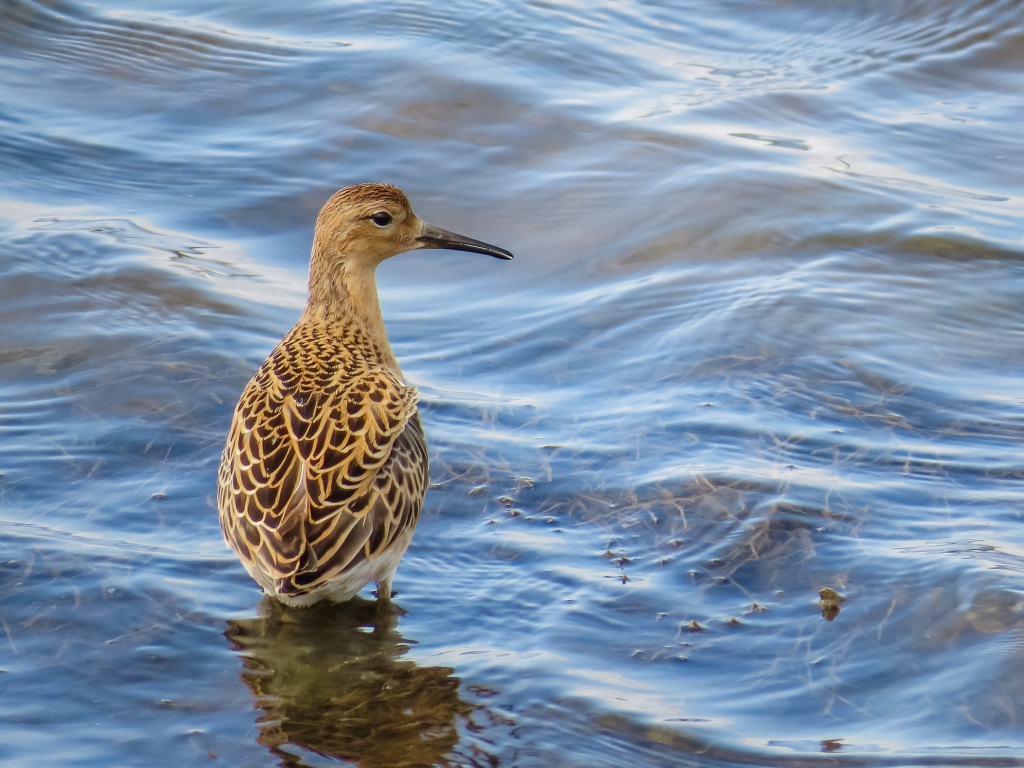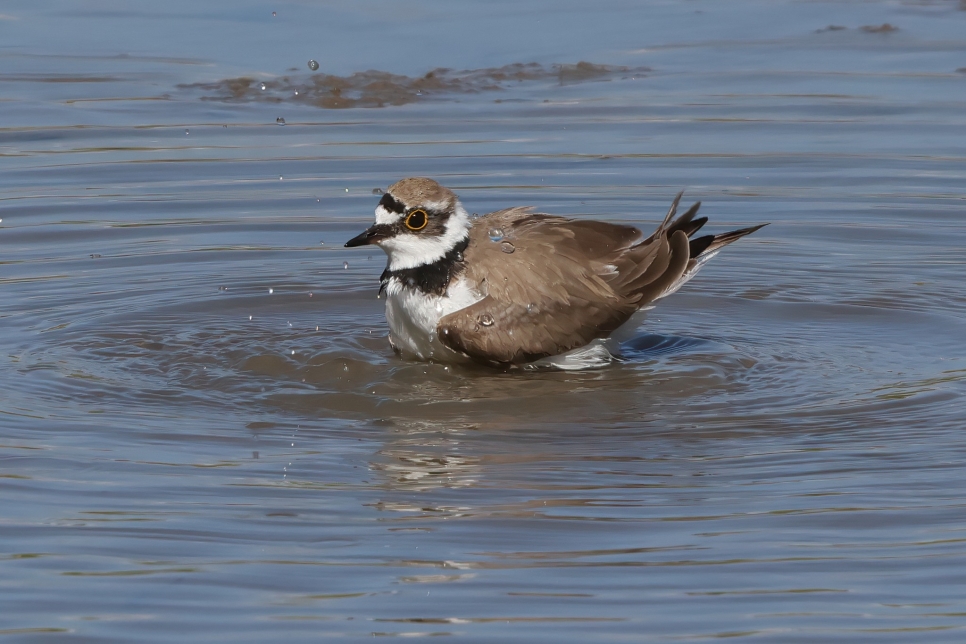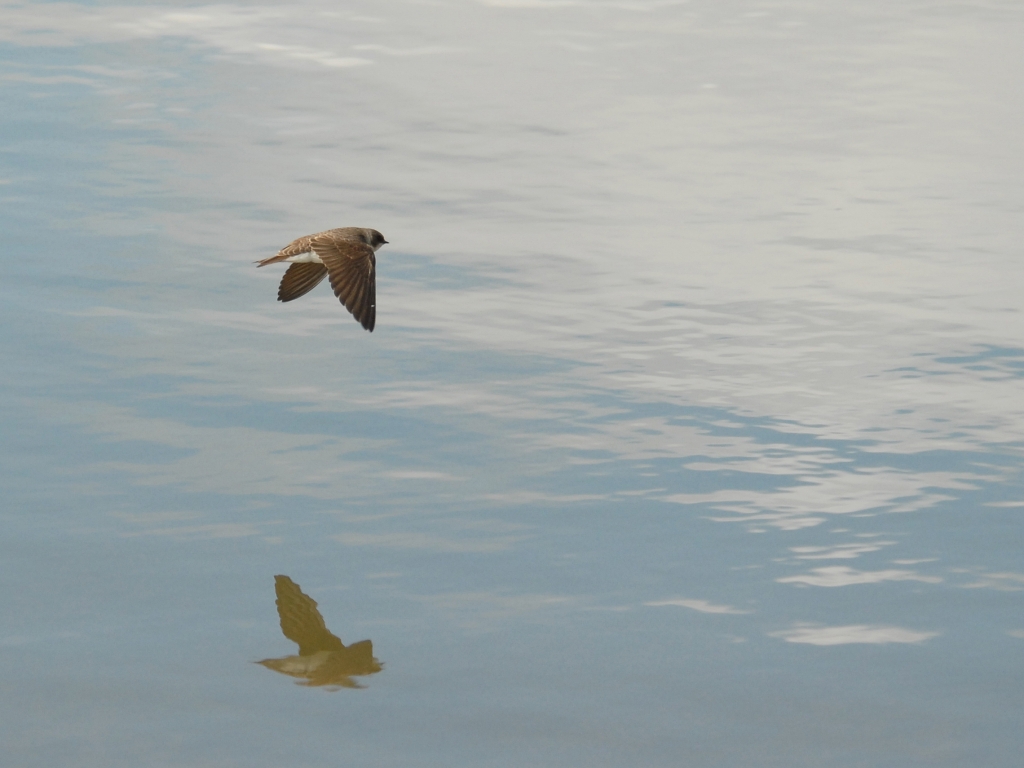Recent Wildlife Sightings 29th June - 5th July
Highlights: Pyramidal Orchid, Whimbrel, Marsh Harrier, Migrant Hawker
Drizzles and blustery mornings continued throughout the week, so the wildlife has been resting and sheltering wherever they can, but some colourful creatures and flora could still be found.
Highlights: Pyramidal Orchid, Whimbrel, Marsh Harrier, Migrant Hawker
With flower season in full bloom, many people are moving their eyes away from the skies and down to the ground in search of interesting plants. A large number of Pyramidal Orchid are in flower around The Grounds at the moment, standing out with their pink flowers arranged in a neat pyramid shape.
Saline Lagoon has hosted a few out-of-season visitors this week, including some Knot and a Whimbrel. A possible late spring migrant, or very early autumn passage visitor, the Whimbrel was certainly enjoying its rest after whichever long journey it had taken.
A pair of Linnet were also seen feeding on the dried up areas of Saline Lagoon with their new offspring, an indication that they likely bred not too far away. Two Ringed Plover, one of which was a juvenile, skulked by the far bank near the Linnet, although this species is not known to breed on our site.
On Thursday, a Marsh Harrier was seen swooping over Deep Water Lake in search of prey. This male was sporting a contrasting almost white head against its brown and very broad wings. Mostly seen here during the winter, the Marsh Harrier is quite fond of our site, with the collection of prey available in its favoured habitat being rather enticing.
A colourful array of invertebrates were spotted hopping, flitting and darting around the reserve this week. Out on the saltmarsh, numerous Short-Winged Conehead bush cricket have been springing about recently. The maritime grasses in this area are a favoured habitat of this jumping critter, which can often be seen sneaking behind blades in an attempt to hide from observers. Alongside the crickets, Migrant Hawker dragonflies have been emerging around grassland on the edge of the saltmarsh. This species is named for the boost in population they experience in late summer from relatives migrating from the continent. In addition, as a member of the Hawker family, their hunting style also contributes to their name; they hunt for prey in the air, and are skilful fliers - they can fly forwards, backwards, and even hover like a helicopter.
Featured Photo Credit: Brian Briggs



